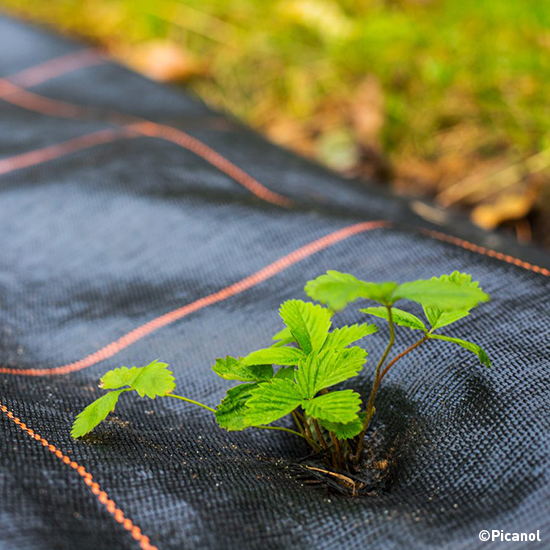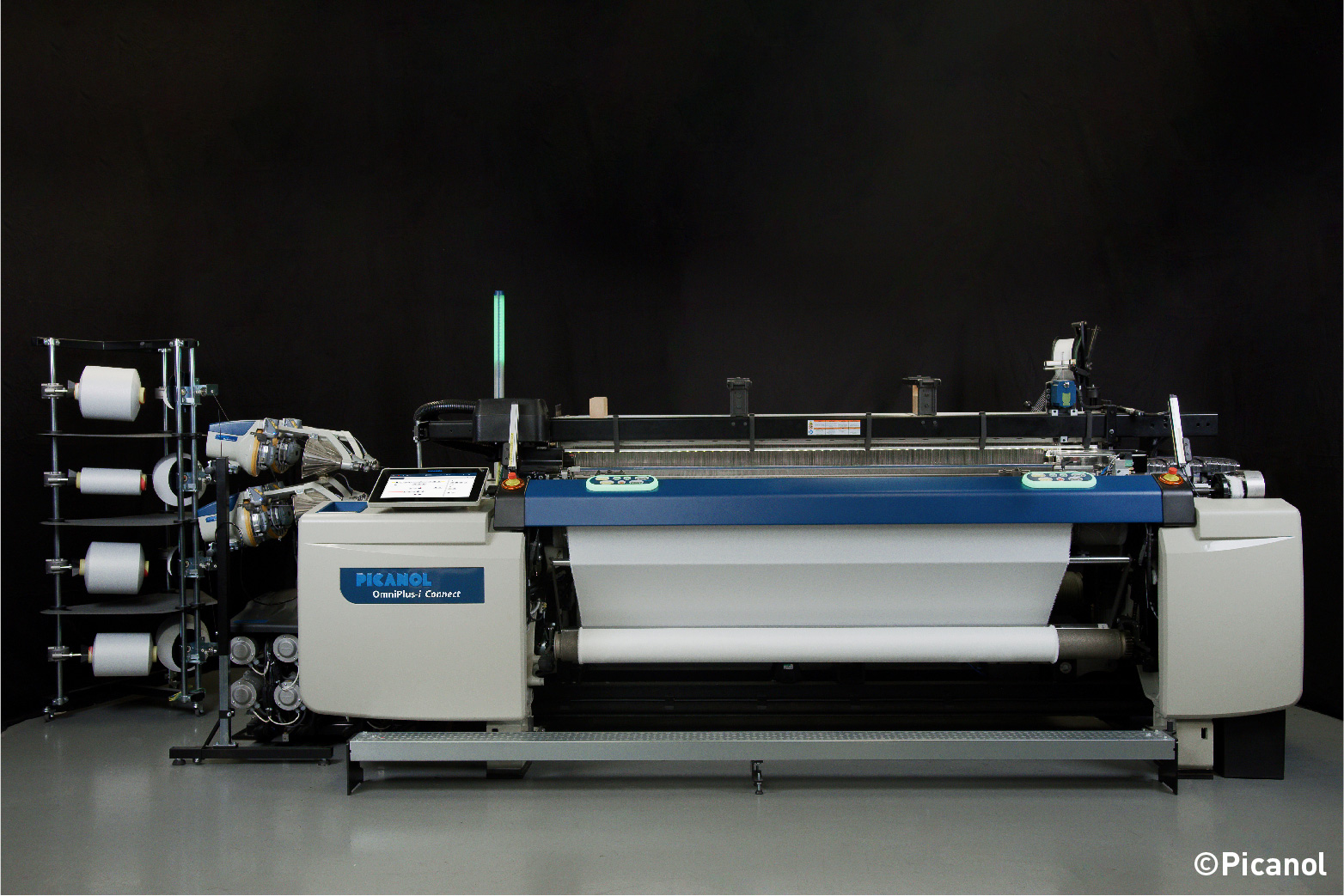16 22
September 2027
Messegelaende HannoverGermany

For textile machine manufacturers, sustainability is not a nice add-on: it is at the core of the product offering. Its impact touches all the challenges our customers have to deal with. As textile production is a highly competitive business, this implies that there is “no ecology without economy”: increased sustainability has to go hand in hand with competitiveness and profitability – or it will not be. What, in turn, means that we have to scrutinise each and every cost and revenue driver on its sustainability as well.
When looking at the weaving process, we see raw material, energy, labour, machine amortisation and maintenance on the cost side, and fabric output – maximum quantity of A grade fabric woven – on the revenue side. Let us illustrate how sustainability and profitability are partners rather than each other’s opposites, and this by means of some examples.
Starting on the cost side, yarns – and in the end fibres – are the main factor which is up to 70 per cent of total cost. The higher the ratio fabric output/yarn input, the more profitable. Natural fibres require agricultural area which reduces the surface available for food crops and nature, as well as water and energy to plant, grow, harvest, process and transport, whereas manmade fibres require feedstock coming from oil, gas or wood pulp. So the less fibres we need, the better. Modern weaving machines have everything on board to optimise this balance: electronic and easy machine settings to reduce B grade, but also specific features like EcoFill, which reduce the length of the waste yarn on a rapier machine and can save up to 800kg of yarn per machine per year.

With sustainability in mind, we have always been focusing on making durable weaving machines, resulting in a long lifetime. A long lifetime means less scrapping of machines – but also a higher secondhand value of the machine. Moreover, an extensive range of upgrades allows customers to adapt their equipment to the changing needs of their markets, thus extending the economic lifetime of their machines.
And once the machine eventually comes at the end of its lifetime, the less rare earth materials it contains, the better – as this avoids complex and expensive recycling processes. A nice example is the SuMo motor, which – in contrast with permanent magnet motors – contains no rare earth materials. On the revenue side, producing as much A grade fabrics as possible is a must – which is largely facilitated by the electronic settings and optimisation algorithms of the machines. By connecting machines to the internet, sensor data over all machines can be combined and processed by sophisticated algorithms, resulting in information that helps to optimise weaving mill operation.
This growing digitisation and use of big data helps to ease the life of the textile maker and opens new ways of working, training and servicing. Combined with the active drive to turn textiles into a sustainable business, this makes the textile industry more attractive for young, tech savvy and environmentally conscious people than ever before.

Johan Verstraete, Vice President Weaving Machines, Picanol
About Picanol
Picanol has been developing, manufacturing and servicing weaving machines since 1936 and has supplied over 375,000 machines worldwide – of which about half are still in operation. Next to airjet and rapier weaving machines, we offer a complete range of aftermarket services including PicConnect, our digital platform that provides weavers extra tools to increase efficiency and productivity of their operations.
Subscribe to our mailing list and stay up-to-date with news and developments in ITMA and the textile and garment industry.